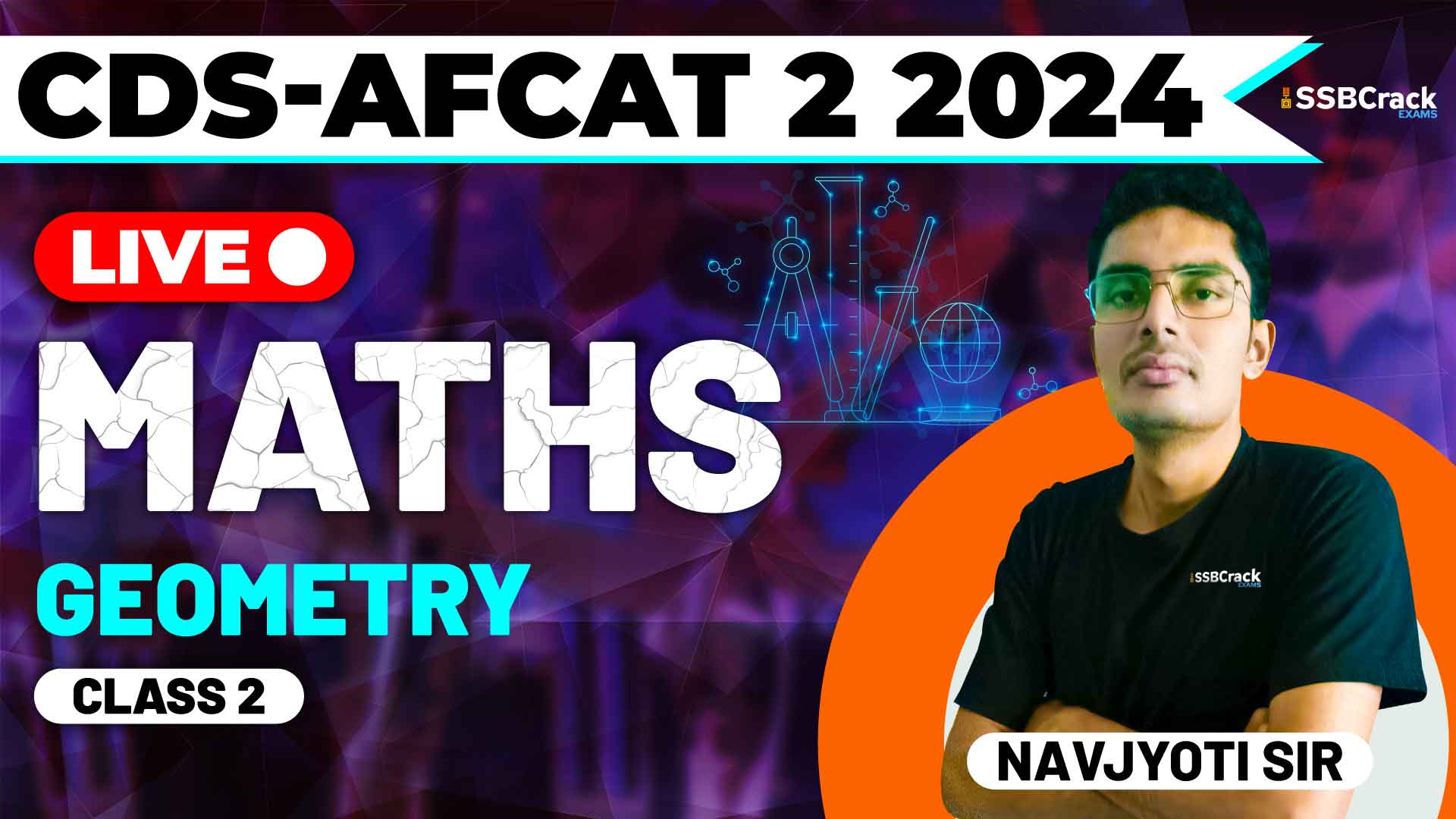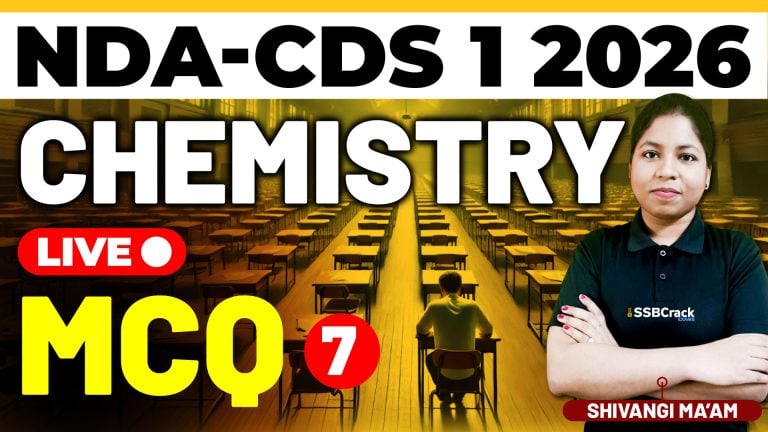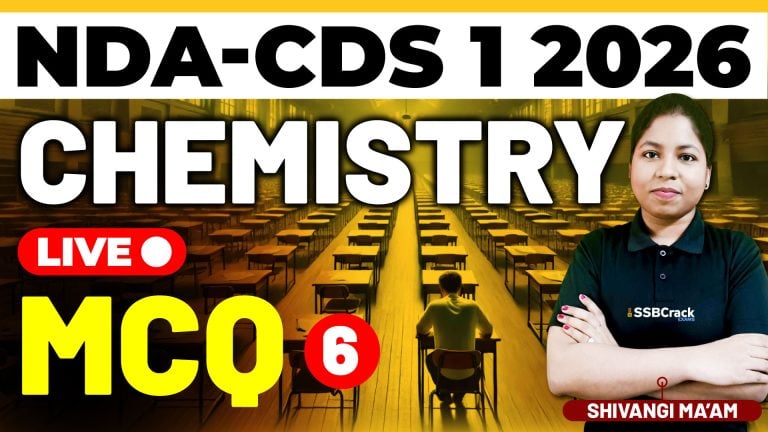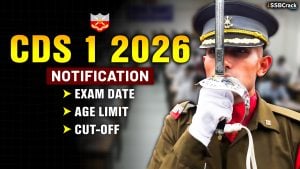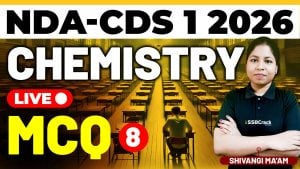Geometry is a vital component of the mathematics syllabus for competitive exams like the Combined Defence Services (CDS) and Air Force Common Admission Test (AFCAT). A recent class dedicated to this topic focused on the intricacies of circles and their properties, aiming to equip students with the knowledge and skills necessary to tackle related questions effectively. This article highlights the key takeaways from the class, emphasizing the critical concepts and problem-solving strategies that are essential for success in these exams.
The Importance of Geometry in Competitive Exams
Geometry is a significant part of the mathematics sections in both CDS and AFCAT exams. It involves understanding shapes, sizes, and the relative positions of figures, as well as the properties of space. Mastery of geometric principles is not only crucial for exam success but also enhances logical thinking and problem-solving skills.
Key Geometric Concepts Covered
The class focused extensively on circles and their properties, ensuring a comprehensive understanding of the subject. The primary topics discussed included:
- Circles and Their Properties
- Segments and Sectors
- Tangents and Secants
- Common Tangents
- Parallel and Transversal Lines
Circles and Their Properties
A circle is a fundamental geometric shape, and understanding its properties is crucial. The class covered key properties such as the radius, diameter, circumference, and area of a circle. These basics are foundational for delving deeper into more complex concepts related to circles.
Segments and Sectors
Segments and sectors are parts of a circle formed by dividing it into smaller sections. A segment is the region between a chord and the corresponding arc, while a sector is the region between two radii and the corresponding arc. Understanding these concepts is essential for solving problems involving parts of circles.
Tangents and Secants
Tangents and secants are lines that intersect a circle. A tangent touches the circle at exactly one point, while a secant intersects the circle at two points. These concepts are fundamental for solving problems related to angles and distances in circle geometry.
Example MCQ:
Question: What is the length of a tangent from a point 8 cm away from the center of a circle with a radius of 6 cm?
Answer: The length of the tangent can be calculated using the Pythagorean theorem.
Common Tangents
Common tangents are lines that touch two circles at distinct points. They can be classified as external or internal tangents based on their position relative to the circles. Understanding the properties of common tangents helps in solving problems involving multiple circles.
Strategies for Solving Geometric MCQs
The class emphasized various strategies for effectively tackling geometric MCQs, which are crucial for performing well in competitive exams.
- Understand the Problem: Carefully read and understand what the question is asking. Identify the geometric principles or theorems that apply.
- Visualize the Problem: Drawing diagrams or visual aids can help in understanding the problem better and finding the solution more easily.
- Memorize Key Theorems and Properties: Ensure that you have all the essential geometric theorems and properties memorized. This will save time during the exam.
- Practice Regularly: Consistent practice with a variety of MCQs helps reinforce concepts and improve speed and accuracy.
- Double-Check Calculations: Always verify your calculations to avoid simple errors.
Conclusion
Mastering geometry is essential for success in the CDS and AFCAT exams. The recent class provided a thorough understanding of key geometric concepts such as circles, tangents, secants, and the properties of parallel and transversal lines, along with effective strategies for solving related MCQs. By focusing on these areas and practicing regularly, students can significantly improve their performance in the mathematics section of these competitive exams.
